Best Practices Articles
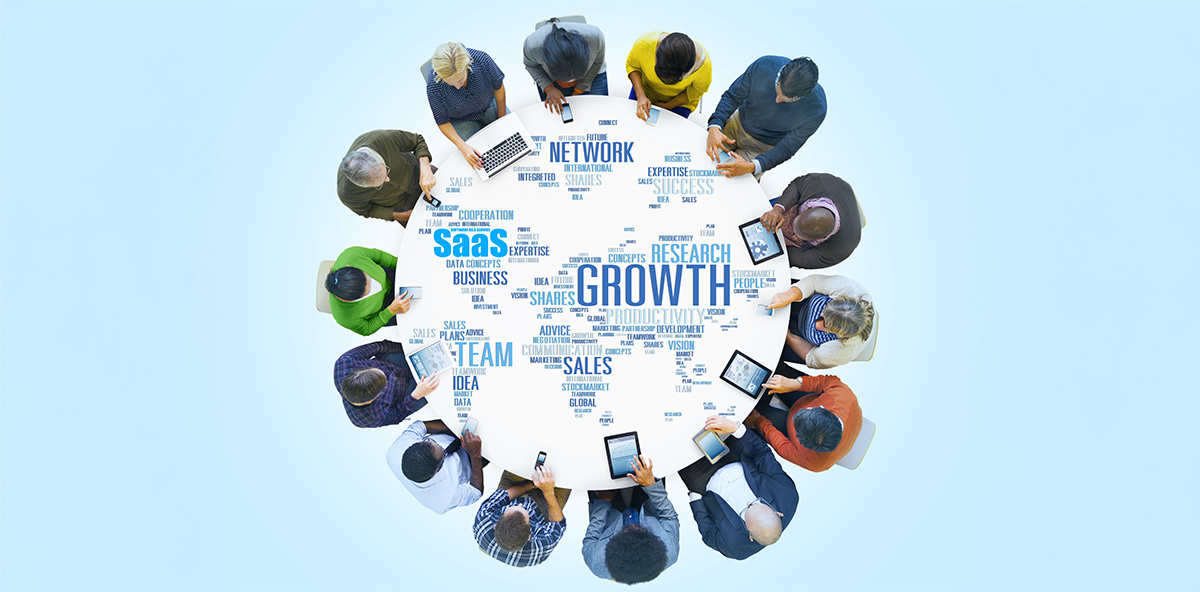
Structuring PartnerOps Teams: Models for Global SaaS Execution
As SaaS companies scale across regions, industries, and product lines, they encounter a mounting challenge: operationalizing a global partner ecosystem without compromising agility or alignment. The pressure to recruit, onboard, enable, and manage hundreds of partners creates complexity across every business unit. Without structural clarity, these partner programs quickly fracture, creating inefficiencies and friction that slow growth.
Companies that successfully scale their partner strategy build a specialized operational backbone to manage it. They do not treat PartnerOps as an extension of sales operations or as a support team for partner managers. Instead, they define PartnerOps as a strategic function that translates channel objectives into processes, systems, and workflows that sustain long-term execution.
Effective PartnerOps teams don’t simply react to partner needs. They design systems that enable high-performance partnerships at scale. They reduce manual intervention through automation but maintain enough flexibility to support custom motions. They centralize program data while localizing delivery. They also bring measurable discipline to a business area that often struggles with consistency.
The demand for this function continues to rise. SaaS vendors operate in ecosystems where technology alliances, resellers, integrators, and ISVs converge to shape revenue, adoption, and customer experience. Without PartnerOps, those interactions become ungoverned, inconsistent, and hard to measure. With it, they become coordinated, visible, and aligned with business strategy.
This article lays out the operational design principles for building high-performing PartnerOps teams. It explains how to assign clear functions, align structure with partner motions, embed cross-functional workflows, support regional scalability, and evolve the team with ecosystem maturity. Every section delivers actionable guidance to help SaaS companies engineer PartnerOps for global success.
1. Define the Core Functions of PartnerOps
Every effective team begins with a clear understanding of its responsibilities. Companies that fail to define the functional boundaries of PartnerOps quickly fall into confusion. Sales ops assume ownership of partner CRM workflows. Marketing tries to handle partner enablement. Product teams coordinate with integrators without a clear engagement model. Chaos follows.
To prevent overlap, companies must define what PartnerOps owns. Five functional areas emerge consistently in high-performing teams.
- Program operations build the foundation. PartnerOps teams manage partner program structures, define participation criteria, oversee tiering frameworks, and monitor benefit eligibility.
- Partner enablement delivers role-specific onboarding and continuous training. They manage certification tracks, content development, and training portals.
- Systems and infrastructure ensure PRM and CRM platforms support partner activities with automation and scalability.
- Analytics and insights track partner impact through dashboards, deal velocity, and program metrics.
- Marketing operations assist co-marketing execution—campaign portals, asset libraries, MDF tracking, and more.
When companies define these functions clearly, they reduce operational confusion and eliminate handoff delays.
2. Align Team Structure With Partner Types and Motions
Not all partners operate the same way. A regional reseller, a global integrator, and an embedded ISV partner engage with the company differently. Each delivers value through unique motions. PartnerOps teams that ignore these differences dilute the effectiveness and frustrate partners.

Instead of applying a generic model to every partner, companies must align PartnerOps structure with partner motion. They must assess how each partner type engages—what they sell, how they influence customers, how they integrate technology, and what kind of support they require. Then, they must build operational models that reflect those distinctions.
- Volume-based resellers: Require efficient onboarding, transaction processing, and deal registration—often automated via self-service portals.
- Solution integrators: Need enablement depth, certifications, co-selling workflows, and customer success alignment.
- Technology alliances & ISVs: Engage in product integration, roadmap visibility, and co-innovation. PartnerOps assigns liaisons for coordination.
- Marketplace sellers: Need customized workflows around procurement, fulfillment, and digital delivery.
This specialized role alignment improves partner experience and ROI.
3. Embed PartnerOps Within Cross-Functional Operating Models
No PartnerOps team succeeds in isolation. Their ability to drive results depends on how well they embed themselves into the organization’s broader operating system.
PartnerOps begins integration by joining strategic planning. They provide data-driven inputs on partner capacity and performance, influencing sales coverage, regional investments, and channel targets.
Once planning concludes, PartnerOps establishes recurring alignment with:
- Sales: Pipeline reviews, deal registration tracking, attribution workflows.
- Product: Integration timelines, co-development coordination.
- Marketing: Campaign planning, toolkit delivery, event support.
- Finance: Incentive reconciliation, rebate processing.
- Customer Success: Handoffs, services visibility, post-sale feedback loops.
Dashboards, scorecards, and governance models ensure decisions are made with cross-functional input.
4. Build for Regional Scale and Localization
Global SaaS companies cannot scale by cloning North American models. Local markets have distinct partner behaviors, legal norms, and buyer preferences.
PartnerOps addresses this with regional leads (EMEA, APAC, LATAM, etc.) who localize engagement models, workflows, and interpretations of global frameworks. They deploy multilingual assets, region-specific billing and legal compliance, and contextual program targeting.
PartnerOps defines a global blueprint—standardizing data, certification, and workflows while allowing local flexibility for language, timing, and incentives.
Regional enablement and systems professionals act as "intent translators" aligning global objectives with local execution.
5. Evolve the Team Structure as the Ecosystem Matures
SaaS ecosystems shift from small, nimble networks to large-scale partnerships. PartnerOps must evolve with this growth.
- Early stage: Generalists handle many tasks—onboarding, portals, analytics.
- Mid-stage: Role specialization begins—enablement lead, ops analyst, program manager.
- At scale: Matrixed structure—by function and partner segment (e.g., ISVs, resellers, regions).
Leaders transition from tactical contributors to strategic operators, joining revenue leadership, GTM planning, and digital transformation efforts.

KPIs such as ramp time, certification throughput, SLA tracking, and satisfaction scores guide resourcing and strategic decisions.
Conclusion
Partner ecosystems represent a cornerstone of the SaaS growth strategy. But, they become chaotic and difficult to scale without structural clarity and operational discipline. Companies that treat PartnerOps as a strategic function unlock the ability to expand globally, support diverse partner motions, and deliver consistent results.
Structured PartnerOps teams create order from complexity. They define clear functions, align structure with partner roles, embed in cross-functional workflows, support regional scale, and evolve as the business grows. They move with the speed of a startup but deliver with the precision of a global enterprise.
PartnerOps does not simply support partnerships—it enables them. It provides the systems, data, and accountability required to move strategy into execution. It creates the visibility partners need to succeed, and the clarity internal teams need to collaborate.
SaaS companies that build structured PartnerOps teams early will outperform. They will reduce friction, confidently scale, and deliver a better partner experience. They won’t just grow an ecosystem—they will lead one.
Best Practices Guidebook
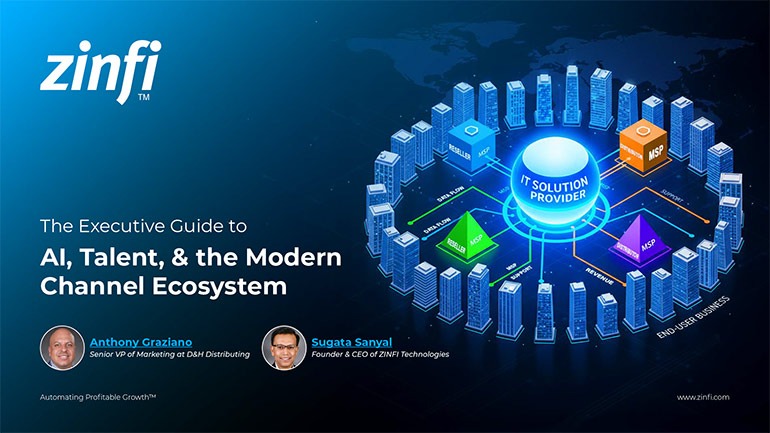 Modernizing Channel Marketing: AI and Ecosystem Enablement Best Practices
Modernizing Channel Marketing: AI and Ecosystem Enablement Best PracticesDownload for FREE
 The Channel’s Shift to Partner-Led With AI Best Practices
The Channel’s Shift to Partner-Led With AI Best PracticesDownload for FREE
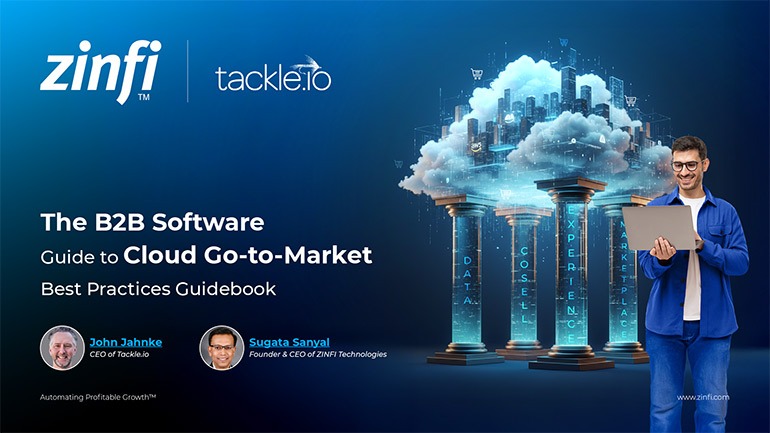 Hyperscalers, ISVs, and AI: Shaping the Future of B2B Software Distribution
Hyperscalers, ISVs, and AI: Shaping the Future of B2B Software DistributionDownload for FREE
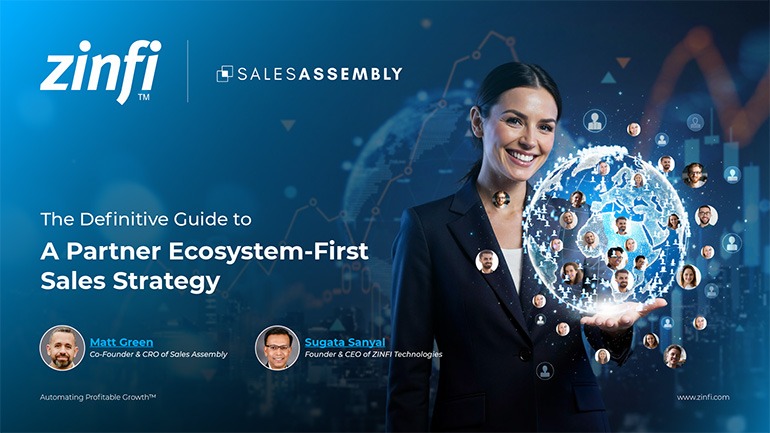 Definitive Guide to a Partner Ecosystem-First Sales Strategy
Definitive Guide to a Partner Ecosystem-First Sales StrategyDownload for FREE
 The Partner-Led Digital and AI Transformation Best Practices
The Partner-Led Digital and AI Transformation Best PracticesDownload for FREE
 Startup Talent Recruitment: Hiring Missionaries, Not Mercenaries
Startup Talent Recruitment: Hiring Missionaries, Not MercenariesDownload for FREE
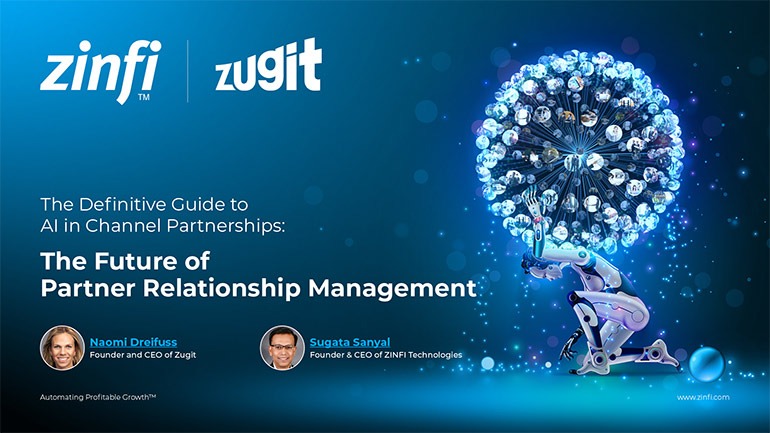 The Future of Partner Relationship Management with AI in Partnerships
The Future of Partner Relationship Management with AI in PartnershipsDownload for FREE
 Cybersecurity for the 99%: Strategies from the Frontline
Cybersecurity for the 99%: Strategies from the FrontlineDownload for FREE
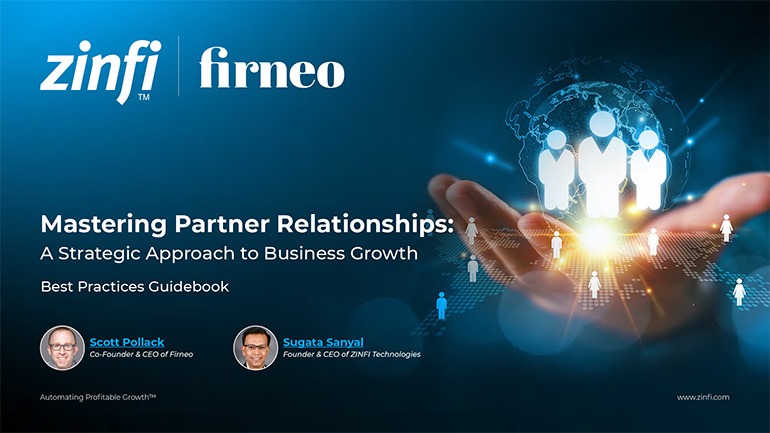 Mastering Partner Relationships: A Strategic Approach to Business Growth
Mastering Partner Relationships: A Strategic Approach to Business GrowthDownload for FREE
 Mastering Partner Relationship Management: Keys to SaaS Channel Success
Mastering Partner Relationship Management: Keys to SaaS Channel SuccessDownload for FREE
 Navigating the AI Revolution: Guide for Partners in the Microsoft Ecosystem
Navigating the AI Revolution: Guide for Partners in the Microsoft EcosystemDownload for FREE
 Mastering the Modern Buyers Journey: Sales Leader’s Guide to AI & Engagement
Mastering the Modern Buyers Journey: Sales Leader’s Guide to AI & EngagementDownload for FREE










